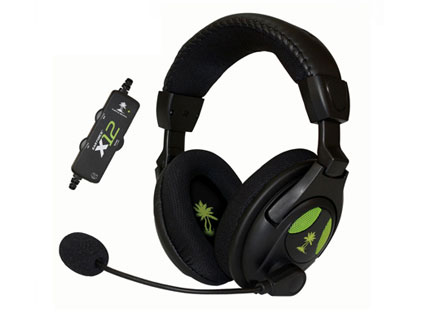Tom's Guide Verdict
The Ear Force X12 delivers good sound at an affordable price, though its dependence on USB power is a sizable drawback.
Pros
- +
Affordably priced
- +
Good game and great music performance
- +
Clear microphone
Cons
- -
Requires USB power
- -
Feels tight in the wrong places
- -
Slight audible hiss
Why you can trust Tom's Guide
For a while, the name Turtle Beach was synonymous with gaming headsets. A number of competitors have emerged over the years, but that recognizable palm tree logo still carries a lot of weight. Based on the Turtle Beach Ear Force X12 headset ($70), the company's reputation is still well-earned. The Ear Force X12 delivers good sound at an affordable price, though its dependence on USB power is a sizable drawback.
Design
First things first: the Ear Force X12 looks cool. The large, plush ear cups boast a winter camouflage pattern with the device's logo and model name, which is a refreshing change from the plain black appearance that most headsets offer. (Keep in mind that we reviewed the device's Arctic variant; if you want boring old black, you can buy that, too.) There's a fair amount of padding on both the ear cups and the inner headband.
MORE: Best Gaming Headsets
The ear cups themselves are well-designed. They're large, but not excessively so, and are covered in a pleasant, breathable fabric. They should fit just about any ear size with minimal fuss, and while the padding is a little more rigid than plush, it still keeps them in one place without any significant discomfort. The ear cups also swivel, which should be a universal feature in gaming headsets, but, surprisingly, is not yet.
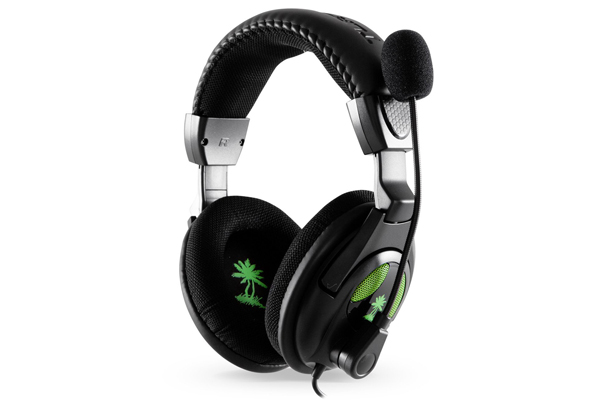
The Ear Force X12 sports an unusual microphone. Most headsets have either a rigid mic or a bendable one, but this peripheral splits the difference. The microphone is located at the end of a bendable coil, but the coil itself is connected to a nub that rotates up and down. This makes adjusting the mic a two-step process, but also allows users very fine control over where it ends up.
Although you won't be able to control the fine details of bass and treble, the headset comes with a small hub that has handy dials for game volume, chat volume and Bass Boost (it is what it sounds like), and a button to mute the microphone.
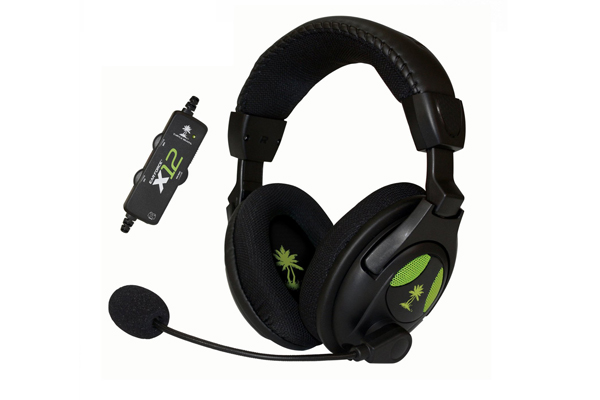
My one big complaint about the Ear Force X12's design is its preponderance of connectors. Since there's no software, the headset connects via standard 3.5 mm audio and mic jacks. However, you need to connect a USB cable to your computer or console as well, since the Ear Force X12 requires a lot of power to function. The Ear Force X12's feature set doesn't seem extensive enough to require this level of power, and it complicates setup. It also means that the headset is a no-go for phones and tablets.
Comfort
Thanks to its soft, swiveling ear cups and plush headband, the Ear Force X12 is generally comfortable. I wore it for a few hours on end, and it didn't press down too hard on my ears or temples. One thing to note, however, was that I did feel a dull but constant pressure on my left cheek. It wasn't painful, but in a long-term gaming session, it could get distracting.
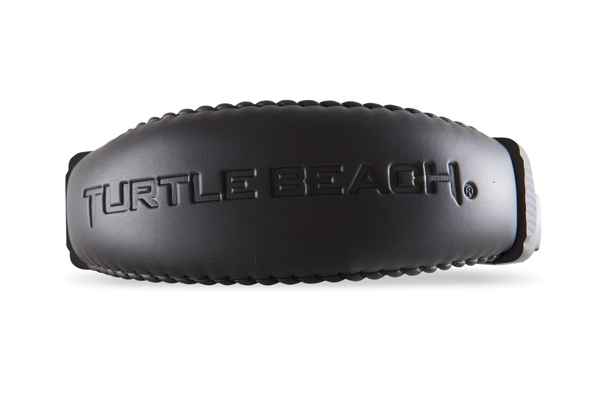
When I handed it off to a colleague, he agreed for the most part, although he did not feel the cheek pressure. He said that the headset felt comfortable overall, but very rigid, especially compared to some of the extremely flexible Logitech models we've reviewed.
Gaming Performance
I tested the Ear Force X12 with both Titanfall and Assassin's Creed Unity to see how well it would perform in both a competitive multiplayer title and a more cinematic action game. I had good results with both.
While the Ear Force X12 does not have dedicated software or detailed equalization options, it does have the Bass Boost feature, in which you can turn a dial to adjust how much bass you hear. I found this incredibly useful in Titanfall, where the sounds of explosions and stomping mech suits are a pivotal part of both performance and atmosphere.
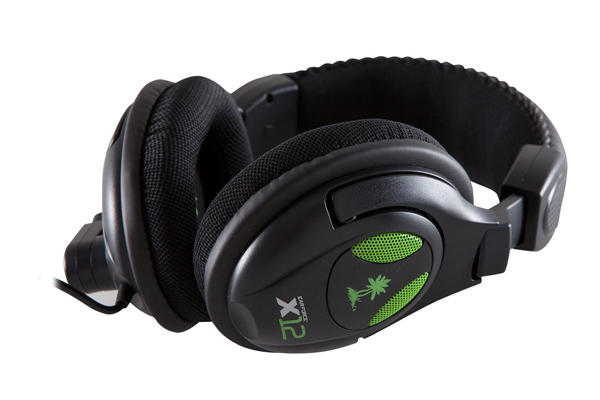
Assassin's Creed Unity also sounded good, although not superlatively so. The sounds of singing in taverns, the murmur of crowds and steel clashing in street-side swordfights all came through clearly.
The microphone also sounded crisp when I tested a Skype chat with a co-worker. I had to adjust it so that the microphone wasn't too close to my mouth (it's more sensitive than it looks), but thanks to its flexible arm, doing so was easy.
Music Performance
The first thing I noticed about listening to music on the Ear Force X12 was that there's a slight-to-noticeable background hiss, depending on how much you turn up the volume. While this has the potential to drive listeners to varying degrees of battiness, once the music starts, it's hardly a concern.
MORE: Most Anticipated Games
Gaming headsets do not have a stellar reputation when it comes to playing music, but Ear Force X12's designers did something very right. Music sounds rich and vibrant, and the Bass Boost feature ensures that you'll get an appropriate amount of vibrato for the genre. There's a beautiful balance between vocals and instruments.
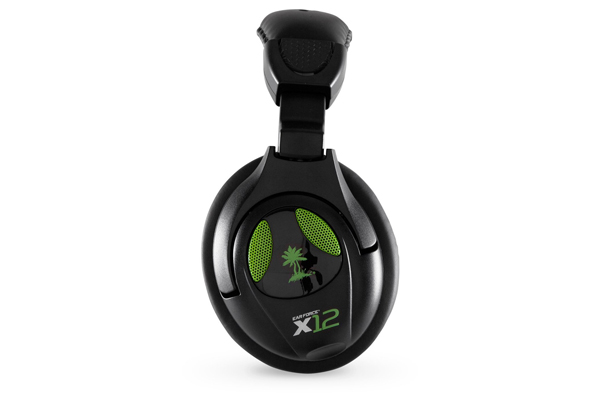
I listened to music from G.F. Handel, Old Crow Medicine Show and Flogging Molly to give the headsets a good breadth of genres to test. I was genuinely pleased with how everything sounded, from the complex choral arrangements of Messiah to the driving Celtic beat of "Salty Dog."
Bottom Line
The $70 Ear Force X12 is Turtle Beach's most popular headset, and it's easy to see why. It's relatively inexpensive, and delivers good sound without many complications. On the whole, it's comparable to the SteelSeries Siberia v3: a low-cost, well-designed headset that's a steadfast companion for games and music alike. Both headsets perform well for a low price, but the Ear Force X12 has a much longer cord and generally plays nicer with consoles.
Those who love tweaking every last setting for a perfect audio experience might want to spend a little more on a headset like the Corsair H2100 ($100) or the SteelSeries Elite Prism ($200). For players who want to jump into the game with as little fuss as possible, the Ear Force X12 is a respectable choice that won't set your bank account back too much.
Marshall Honorof is a senior writer for Tom's Guide. Contact him at mhonorof@tomsguide.com. Follow him @marshallhonorof. Follow us @tomsguide, onFacebook and on Google+.
Marshall Honorof is a senior editor for Tom's Guide, overseeing the site's coverage of gaming hardware and software. He comes from a science writing background, having studied paleomammalogy, biological anthropology, and the history of science and technology. After hours, you can find him practicing taekwondo or doing deep dives on classic sci-fi.
